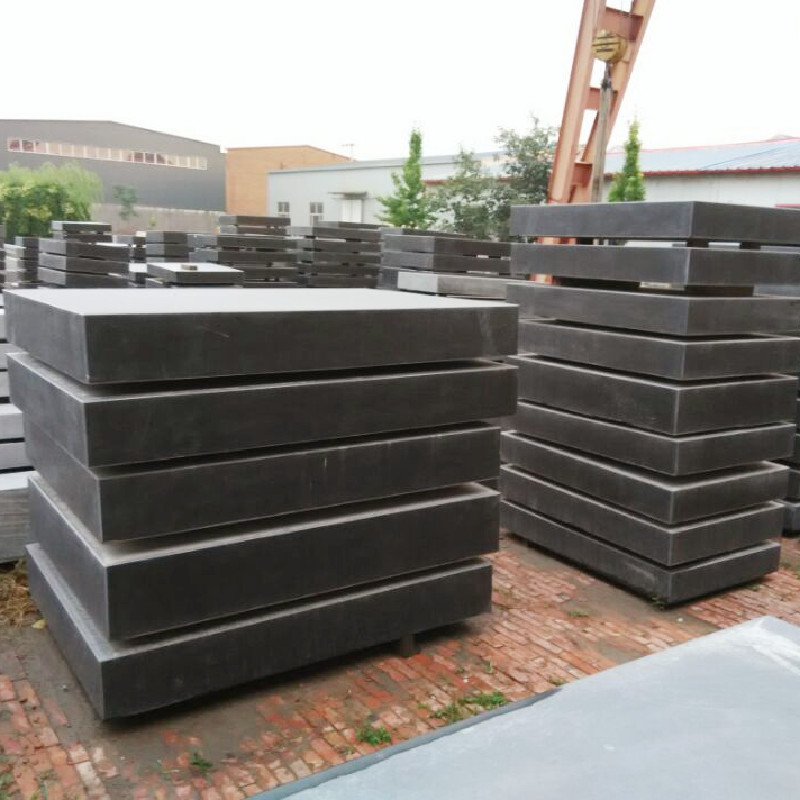Jul . 25, 2024 04:36 Back to list
Exploring the Characteristics and Benefits of Cast Iron Surface Finishes in Various Applications
The Importance of Cast Iron Surface in Engineering and Design
Cast iron is an alloy that has been utilized for centuries in various engineering and design applications. Known for its excellent castability, high wear resistance, and durability, cast iron has become a preferred material for a range of products, from kitchen cookware to industrial machinery. However, one of the critical aspects that often receives less attention is the surface quality of cast iron, which plays a pivotal role in its performance and longevity.
Understanding Cast Iron Surfaces
The surface of cast iron refers to the outer layer of the material that has been exposed to processing and environmental factors. Cast iron surfaces can vary significantly depending on the manufacturing process, cooling rates, and treatment methods. A well-conditioned surface can enhance the functional properties of the cast iron, making it more resistant to corrosion, wear, and thermal shock. Conversely, a poorly finished surface can lead to various issues such as increased friction, vulnerability to cracking, and a decrease in thermal conductivity.
Factors Influencing Cast Iron Surface Quality
Several factors influence the surface quality of cast iron. Firstly, the composition of the alloy, including the proportions of carbon, silicon, and other alloying elements, can affect the microstructure and characteristics of the surface. Secondly, the casting process—whether it is sand casting, investment casting, or die casting—determines how the molten iron flows and solidifies, impacting the surface finish and defects like porosity and roughness.
Post-casting processes, such as machining, grinding, and polishing, are also crucial in defining the final surface quality. These processes not only help in achieving the desired dimensions but also improve surface roughness, enhancing the aesthetic and functional characteristics of the cast iron component.
Importance of Surface Treatments
cast iron surface

Surface treatments are often employed to enhance the properties of cast iron. These treatments can significantly improve wear and corrosion resistance, ensuring that the material lasts longer in demanding applications. For instance, processes like shot peening, hard facing, and coating applications can significantly bolster the surface strength of cast iron components.
In industries where components are exposed to harsh environments—such as automotive, aerospace, and oil and gas—surface treatments are essential. These treatments can create a barrier against wear and oxidation, thereby increasing the lifespan of the components and reducing maintenance costs.
Applications of Cast Iron Surfaces
The applications of cast iron are vast and varied. In the culinary world, cast iron cookware benefits from a well-maintained surface that allows for even heat distribution and non-stick properties when seasoned appropriately. In industrial applications, such as machine bases and engine blocks, the surface quality of cast iron components can determine their performance, load-bearing capacity, and operational efficiency.
Moreover, in artistic applications, cast iron's surface can be intricately designed through casting methods, allowing for ornate designs in sculptures and architectural elements. The surface finish can amplify the aesthetic value, making cast iron an attractive choice for both functional and decorative purposes.
Conclusion
In summary, the surface quality of cast iron is paramount for its performance and utility across a multitude of applications. As industries evolve and demand higher-performing materials, understanding and investing in the surface quality of cast iron components will continue to be of utmost importance. Whether for cooking, machinery, or artistic endeavors, the emphasis on achieving superior cast iron surfaces will not only enhance functionality but also extend the life and performance of cast iron products. This attention to detail in surface quality can ultimately lead to greater efficiency, safety, and satisfaction in both industrial and everyday use.
-
Thread Plug Gauge Our Promise of Measurement ExcellenceNewsAug.22,2025
-
Gauge Pin Class Reflecting Quality LegacyNewsAug.22,2025
-
Check Valve Types for High Rise BuildingsNewsAug.22,2025
-
Water Control Valve for Irrigation SystemsNewsAug.22,2025
-
Gate Valve with Soft Seal TechnologyNewsAug.22,2025
-
Y Type Strainer for Oil and Gas ApplicationsNewsAug.22,2025
Related PRODUCTS









